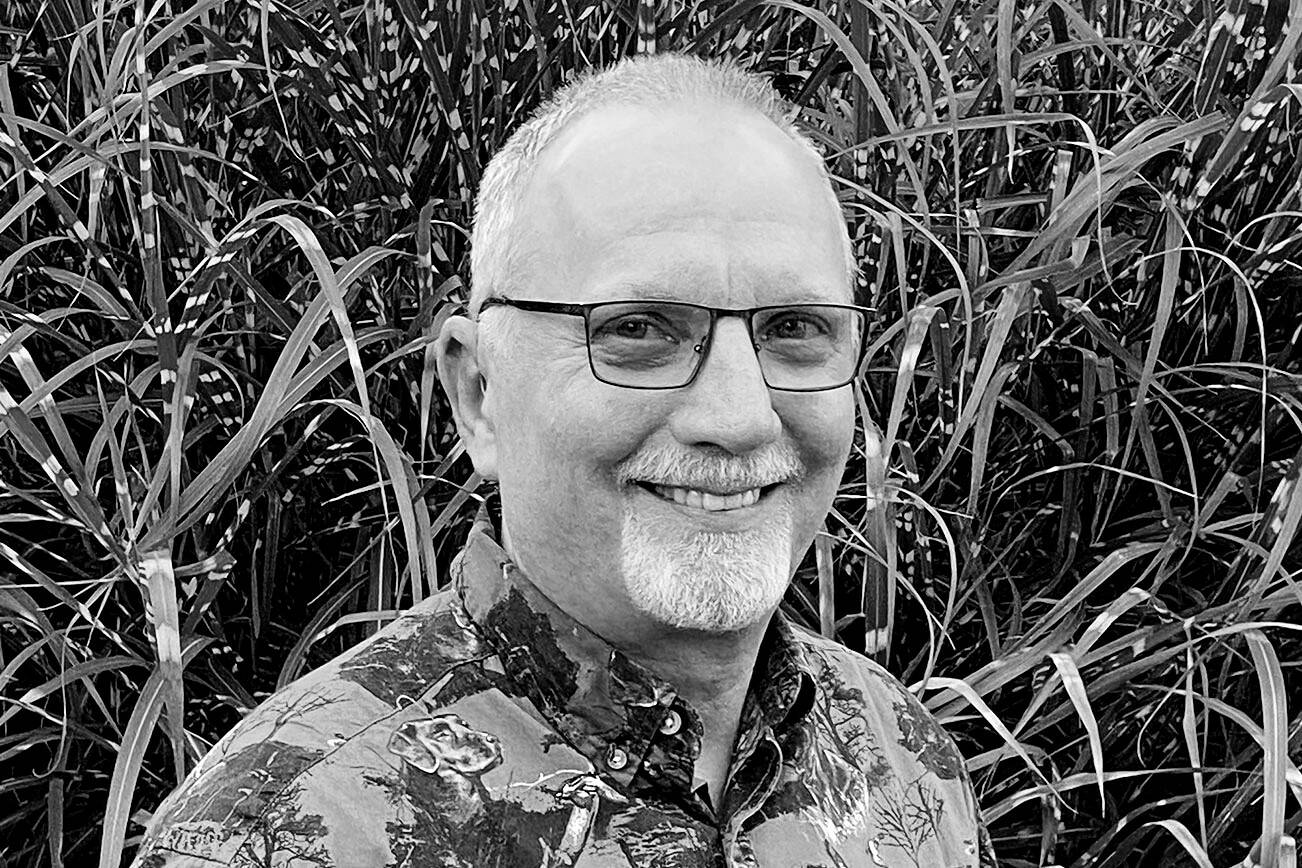What is the purpose of a road in Washington state?
The question may surprise you because the definition has recently changed due to new state laws. Since the time of the development of automobiles in the early 20th century, the definition of a road was a surface designed to make the movement of motor vehicles more efficient.
That definition of a road evolved over time, with most recent legislation being passed by the 2022 Legislature to include concern for the safety of pedestrians and bikers.
Here are quotations in the new Revised Code of Washington (RCW) called “Complete Streets:”
“RCW 47.24.060 requires WSDOT projects over $500,000 to incorporate the principles of complete streets into facilities that provide street access on state highways projects routed over city streets where the design phase of the project begins on or after July 1, 2022. WSDOT must consult with the impacted local jurisdictions to confirm existing and planned active transportation connections.” (Source: Municipal Research and Services Center)
Additionally came this statement from the same source: “New legislation: Effective July 23, 2023, SB 5452 allows a local government to spend impact fees on bicycle and pedestrian facilities designed with multimodal commuting as an intended use.”
RCW 47.04.320 establishes a grant program to help cities, towns and counties pay for “complete streets” projects. To be eligible for a grant, RCW 47.04.320(2)(b) requires local governments to adopt a jurisdiction-wide “complete streets ordinance.”
Note the wording: These new RCWs apply to state highways that are also city streets. In order to get the grants to pay for these changes, municipalities must pass city ordinances. Does this mean municipalities are required to make this transition, or does it mean cities have some latitude in deciding whether to follow the complete streets principle?
This sentence seems to answer the question: “Most local complete streets definitions identify the users they apply to and under what circumstances the program should be applied.”
The state seems to be using the carrot rather than the stick to bring about these paradigm changes.
That means that a four-lane road might be changed if work needs to be done on it, like resurfacing. That road could be reduced to two lanes with lanes for bicyclists and pedestrians. There would be exceptions as in the case of SR 410, where it parallels the rails-to-trails pathway, for instance.
As with all paradigm shifts, there will likely be some “car rights” enthusiasts who will react strongly against any changes to the number of lanes.
These issues and others dealing with transportation were discussed at the Enumclaw Comprehensive Plan meeting on Sept. 12 at the Senior Center. The city administration is required to update its comprehensive plan for 2044.
One issue that arose was the use of roundabouts like the one found at the junction of Warner Avenue and Semanski Street near the high school. Another area that needs a roundabout was at 284th and Roosevelt Avenue. One is coming to that intersection in the near future. Part of what roundabouts accomplish is that cars automatically slow when approaching them. Four-way stops are not as safe because someone could run the stop sign, causing an accident.
Another issue that was discussed was to use water-permeable pavement. As long as the ground underneath the pavement is porous enough to absorb the rainwater, this approach negates the need to use land to create expensive water collection ponds, thus cutting costs.
The problem in Enumclaw is that since the Osceola Plateau is part of a mud flow (lahar), it complicates how porous the earth might be underneath any pavement. Shaw Road in Puyallup is made of permeable concrete, thus relieving the city the necessity of water retention ponds.
One concern expressed by one participant was whether there would be barriers that protected pedestrians and bikers from injury. That was part of the thinking and discussion.
Another issue was the placement of EV recharging stations in the city. One participant suggested placing them in the parking area that parallels Railroad Avenue. Another participant noted that she did not believe that battery-driven cars were the wave of the future. One of the consultants suggested that hydrogen rather than EVs would be the wave of the future. Apparently, the problem of the explosive nature of hydrogen has been solved.
Battery-driven vehicles like bicycles was called “a game changer” by the transportation consultant. Some bikes/vehicles can travel at up to 20 mph.
The city is required to update its current comprehensive plan by December 2024. Become a part of the discussion phase. Go to https://cityofenumclaw.net/590/2023-Comprehensive-Plan to find the meeting dates. Griping does no good. Participation means the city gets to hear your views, and you will have a voice in what the city will look like in 2044.
–
Richard Elfers is a columnist, a former Enumclaw City Council member and a Green River College professor.


